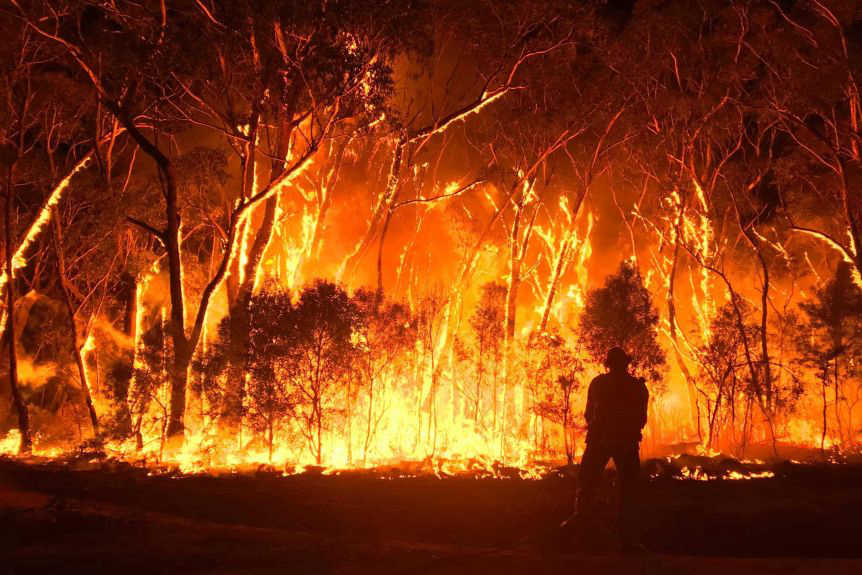“State of emergency declared”, read the headlines in the days leading up to Christmas last year.
Twelve months on, and some Australian communities once under threat from fire now find themselves grappling with a new emergency as a La Nina weather pattern takes hold.
In parts of northern NSW, where flood warnings were issued this month, consecutive days of wild weather caused thousands of residents to remain on standby for evacuation.
And with the Bureau of Meteorology and the CSIRO’s latest biannual report on the climate observing “a more tangible shift in the extremes”, questions are emerging about what the summers of the future may hold.

Could our coastal environment change?
Days of heavy rain and powerful winds in border communities have eroded some of the country’s most famous beaches.
Rodger Tomlinson, director of the Griffith Centre for Coastal Management at Griffith University, says areas like Byron Bay — where he has been studying erosion more broadly — were “hit very badly” by the major storm system.
“Generally speaking, if we’re going to have more storms, we’re going to see more coastal erosion, more rainfall and wet weather, such as we’ve been seeing,” he says.
Asked if today’s beaches will be the same in a few decades’ time, Tomlinson says there is a risk of change in areas “particularly vulnerable to increased storminess, or if there’s no management strategies to keep pace with those events”.
“But the general projections in the long-term is that we will see changes to our coastal environments due to climate change,” he says.
The key to preserving these coastlines for summers to come, Tomlinson says, will come down to our ability to adapt.
Sea walls are one option, he says — noting that they have been unpopular in the past — as is the long-term possibility communities may need to “be moved away from that erosion”.
Storm causes erosion and sea foam at Tugun on the Gold Coast.
“But that’s very problematic, and there’s no evidence of that being seriously considered anywhere on our coast,” he says.
“After the floods in 2011, in the Lockyer Valley, the community of Grantham was relocated to higher ground. But applying that kind of a process on the coast is a lot more difficult, mainly because of the intensity of development in nice locations.”
发表回复